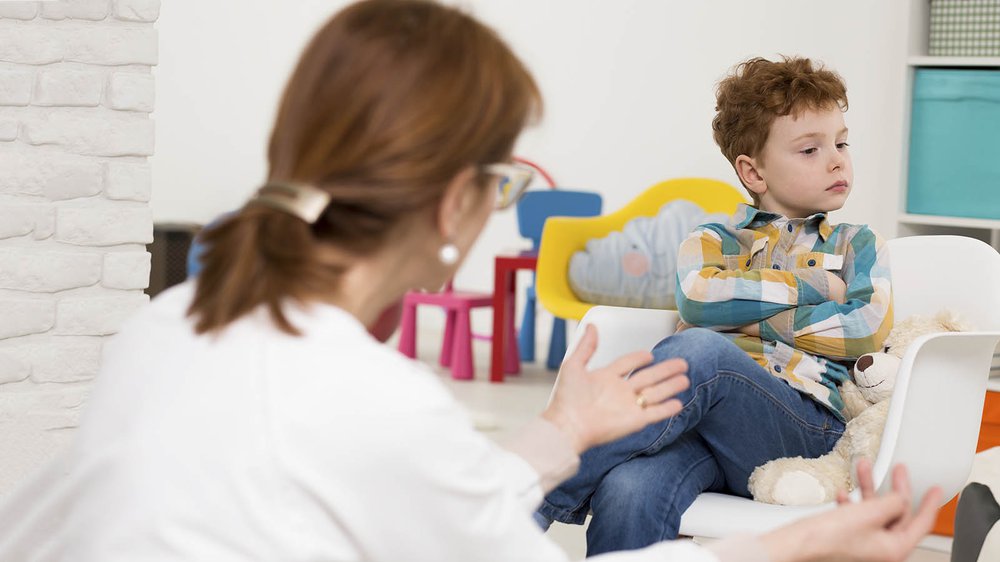Over the past year, I have had countless conversations with educators, from administrators to classroom teachers, about their perspectives on social-emotional learning (SEL). My team and I have asked questions about current practices and needs. The most common response we have received, without question, is the need to build the capacity for the adults in the school community to deliver SEL. Those who’ve shared this perspective have been unequivocal in their explanation. Some have believed so strongly in this course of action, in fact, that they’ve delayed adoption of an SEL plan for students. My question is: can the two objectives can be met simultaneously? In other words, is there a unified, schoolwide approach that can be adopted? I believe there is.
Because this work is all about the kids, let’s start with the objective at the root of everything: meeting their needs. I was recently asked about the goals of my work and I replied, “1. To build relationships between caring adults and kids. 2. To help kids identify and articulate what is going on in their heads and in their hearts. 3. To teach character traits, otherwise known as SEL competencies.”
Building a relationship doesn’t happen in a vacuum, though. It requires both parties to be engaged in meaningful conversations in an effort to foster healthy connection. These conversations and connections are opportunities to practice SEL skills and competencies. This is why our initiatives must also have goals for the adults to build their SEL capacity, such as:
- Professional Development Training – Engaging and interactive training for faculty and staff from SEL experts.
- Ongoing Coaching & Support – Webinars, coaching calls, observations, SEL moments in faculty meetings – all of these can be helpful in nurturing and sustaining the adults in the building when they are offered in the right spirit.
- Public Appreciation – From shout outs on morning announcements to monthly recognition in staff meetings, public acknowledgement of a job well done can encourage and inspire dedicated staff.
- Self-Care – Reminding teachers, cafeteria workers, bus drivers to take care of themselves with regular exercise, healthy eating, and soul-nourishing hobbies affirms their value.
Once we’ve set appropriate goals for both students and staff, we can create a plan that works toward a true schoolwide approach. Support for teachers equals support for students, and vice versa.
I have witnessed two competing trends in education over the past 15 years. The first is the insatiable appetite for data, particularly the data that comes from standardized test scores. The problem is that we have become a society that has used the data for punitive means rather than restorative purposes. We must ask ourselves, “What story is the data telling us – about the student, the teacher, the school, the leadership?” We need a holistic approach that uses data to strengthen and support people.
The second trend is the proliferation of education technology and its results. Although many EdTech tools provide desired data, these same tools have isolated children from their peers and from their teachers. Instead of engaging in worthwhile projects and conversations, screens are often used to occupy “problem” students so the teacher can accomplish their agenda for meeting standards. The skill-and-drill or other remedial work often bores or frustrates students. But when educators are living in fear of test scores, how can we expect them to invest the same amount of time in the hearts of their students?
Given these trends, how must we plan action steps that achieve our SEL goals? First of all, administrators need to communicate with their faculty and staff that they are prioritizing relationship building – SEL. All adults need to know that they will not be penalized for putting the needs of a child above test scores. If a child is hungry, give him or her food before beginning to teach. If a child is not dressed properly, provide appropriate clothing. If a child is sad, angry, or hurt, take time to comfort and converse about what is going on in order to get him back on track.
Secondly, administrators must adopt an intentional plan for integrating SEL into the culture of the school. Keep in mind, culture is what we do. Inevitably, culture impacts climate: how it feels. The goal of SEL is to create a culture and climate where every child and adult feels seen, known, and valued – that they belong.
Here are seven steps to forming the foundation of a unified schoolwide approach:
- Strong principal leadership and teacher buy-in – A caring leader nurtures their faculty and staff by listening to their thoughts and ideas while still maintaining the decision-making power.
- Professional development training – Any SEL implementation requires training and ongoing coaching to support the growth of the classroom teachers and school staff.
- Kickoff event – The entire school community needs to be involved in a kickoff event that highlights the goals and importance of the SEL initiative.
- Curriculum implementation – A shared scope and sequence that integrates with academic areas and the school day provides intentionality, including common language and experiences.
- Reinforcement materials – Culturally-relevant resources, such as music, posters, and videos, serve as continual reminders of SEL.
- Family involvement – Offering resources and events for family members promotes out-of-school time learning. SEL is for all.
- Service learning – Coordinating opportunities for students to serve your community is a hands-on expression of what they have learned about SEL. They are empowered to make a difference.
As all stakeholders in the school community work together – administrators, teachers, students, and family members – each one has the opportunity to build their SEL competencies. We are stronger together!
About the Author

Tamara Fyke is an educator and creative entrepreneur with a passion for kids, families, and urban communities. She is the creator, author, and brand manager for Love In A Big World, which equips K-8 educators with a social-emotional learning (SEL) curriculum that is both research-based and practical, and also provides the supporting resources necessary to empower students to be socially competent, emotionally healthy problem-solvers who discover and maintain a sense of purpose and make a positive difference in the world.
Tamara is editor of Building People: Social & Emotional Learning for Kids, Schools & Communities, a book that brings 12 wide-ranging perspectives on SEL to educators, parents, and leaders. Follow her on Twitter .











